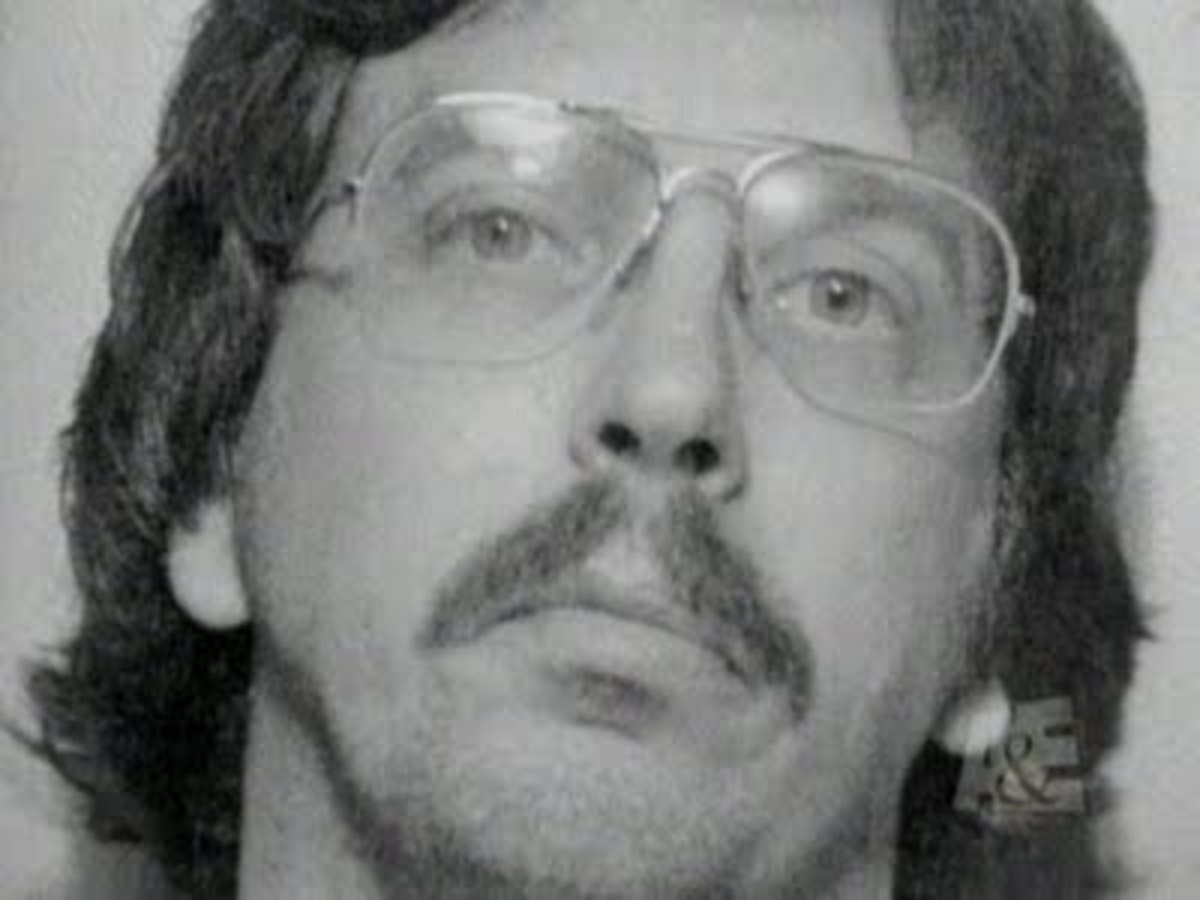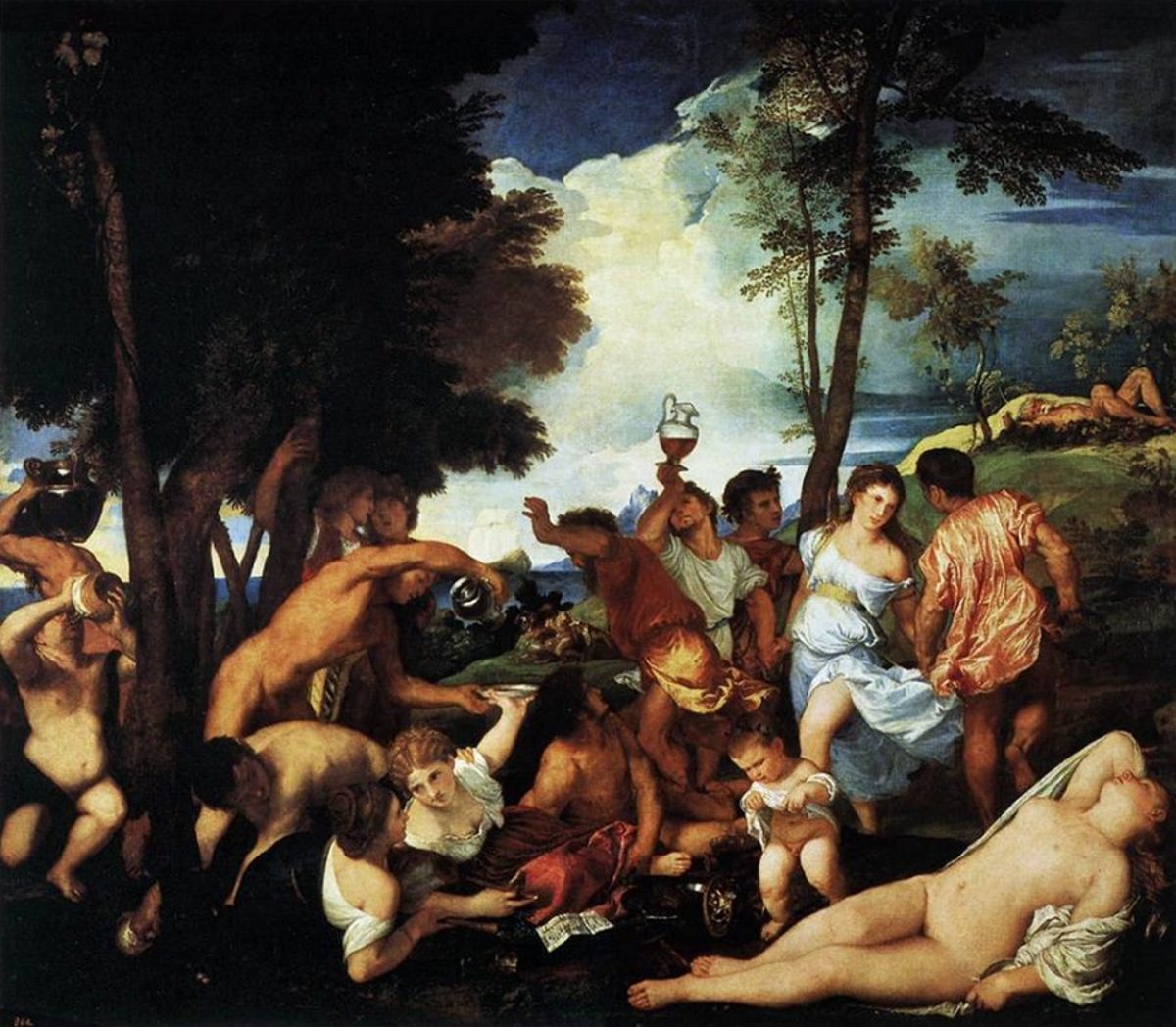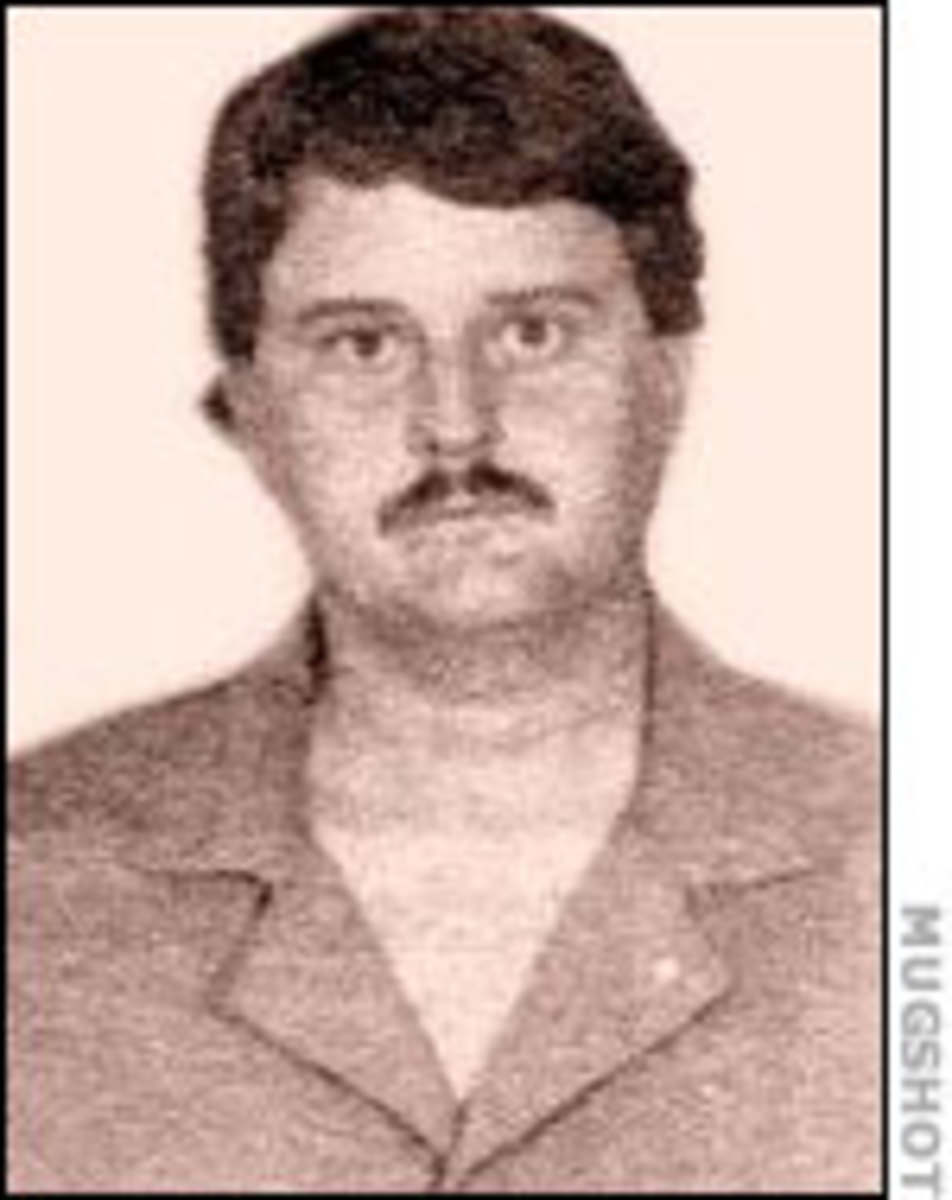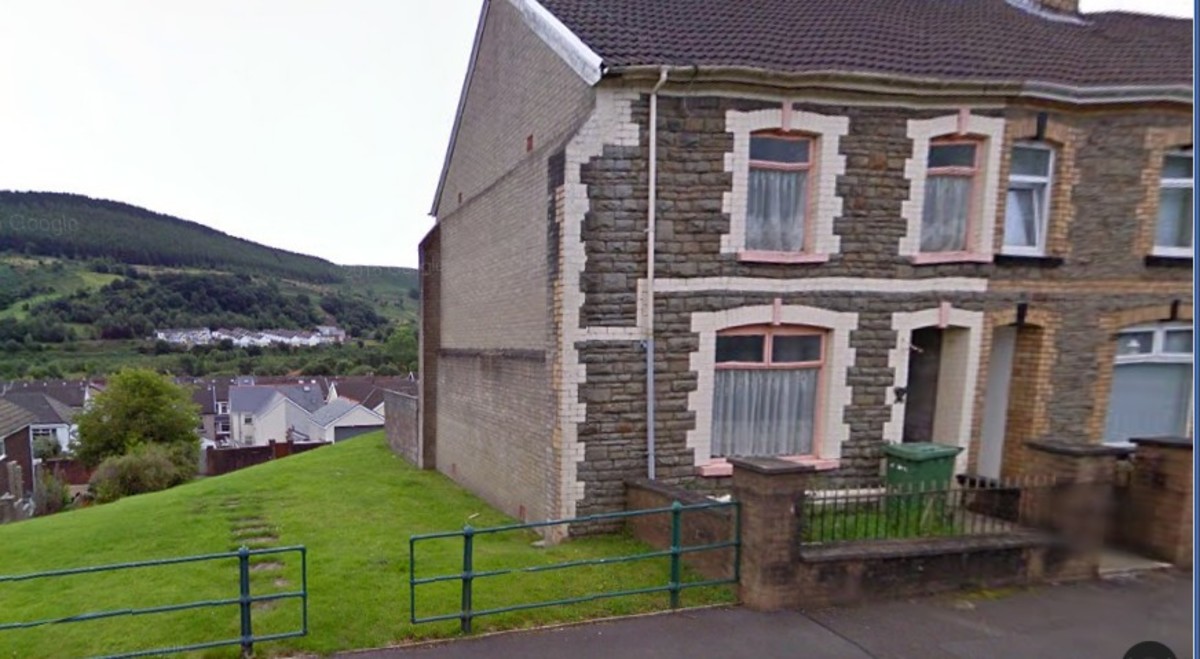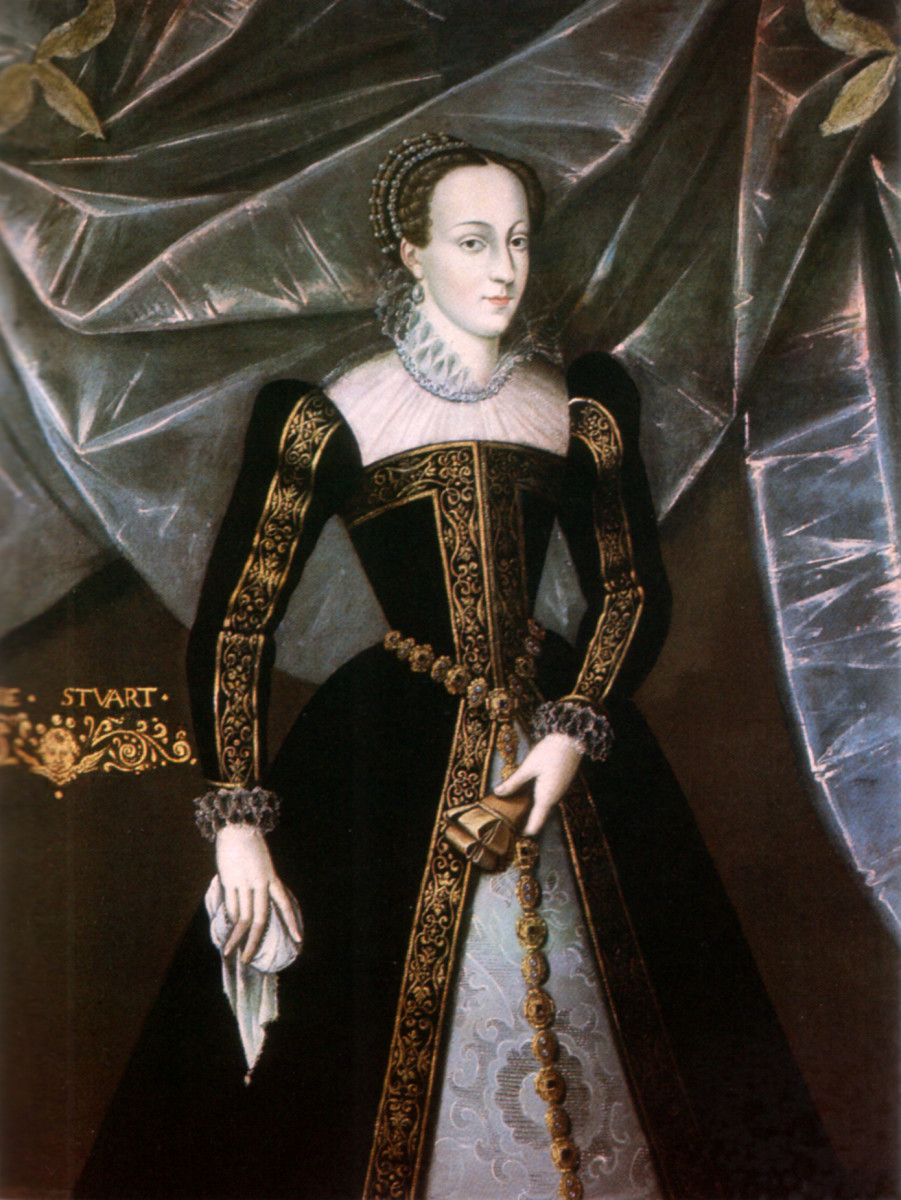- HubPages»
- Education and Science»
- History & Archaeology»
- History of Europe
Jack the Stripper
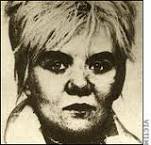
Seventy years after disemboweled prostitutes were found in London’s East End, the victims of the infamous Jack the Ripper, a new generation of prostitutes had to learn to work with the fear of a lurking killer. Jack the Stripper did not carry a knife but he killed more victims than the Ripper and operated over a longer period of time. Like his namesake, the Stripper had his own trademark, stripping his victims completely naked and in some cases removing their teeth. However, despite many theories, neither the Ripper nor the Stripper were ever captured or identified.
The Victims
The first positive victim of the Stripper was 30-year old Hannah Tailford, whose nude body was discovered by a boatman in the Thames near the Hammersmith Bridge on February 2, 1964. Her stockings had been pulled down around her ankles and her panties stuffed in her mouth, but she had drowned and the inquest refused to rule out a possible suicide, no matter how improbable it seemed.
Two months later Irene Lockwood was found naked and dead in the Thames, 300 hundred yards from where Tailford had been found. She had also drowned and was four months pregnant. Later that month a suspect, Kenneth Archibald, confessed to the crime but later recanted claiming he suffered from depression. He was eventually cleared at trial.
On April 24th the naked body of Helen Barthelemy was found near a sports field in Brentwood. Four of her front teeth were missing with part of one lodged in her throat. She was the first victim discovered away from the river. Her body also gave up the first real clues in the case – small flecks of paint. The paint suggested that perhaps her body had been kept in a paint shop prior to be being dumped in the alley. The paint was believed to be of the type used to spray paint cars.
The discarded, nude and lifeless body of Mary Fleming was found in a sitting position in front of a garage in Acton on July 14. She had been missing for three days. Witnesses had seen a van and its driver near the scene, but there was no certainty with any of the descriptions. This time the victim had been suffocated or choked to death as opposed to being strangled. She had worn dentures and they were not with the body. The same flecks of paint were found on Fleming’s body.
Margaret McGowan, who went by the alias Frances Brown, was found murdered on November 25 after having gone missing for a month. Her nude corpse was missing one of its front teeth and had traces of the now-familiar paint. She had been hidden under rubble in a parking lot in Kensington. As ‘Frances Brown’ she had been in the newspapers a year earlier when she gave evidence in a trial linked to the Profumo affair which had rocked the British government. She had been picked up while in the company of her friend and fellow prostitute, Kim Taylor. Taylor was able to assist the police to the point where they were able to issue a composite sketch of a suspect. However, feedback from the artist’s rendering was minimal.
Finally on February 16, 1965, Bridget ‘Bridie’ O’Hara, the last to die, was found behind a shed on a desolate industrial estate in Acton. She had been last seen alive on January 11th and, like the others, had been a prostitute. Her front teeth were missing and pathologists determined she had died on her knees. Her corpse was partially mummified which suggested it had been stored in a cool, dry place. Once again, flecks of paint were present on the body.
The Investigation
The investigation was led by Detective Chief Superintendent John Du Rose. He had police women dress as prostitutes and walk the streets of Notting Hill and sent officers all over London in search of paint-spraying sites. Appeals to prostitutes for information regarding their “kinky customers” yielded little useful information; one of the hypotheses Du Rose was working was that the women had been choked to death by oral sex. The removal of the teeth in four of the cases tended to support this theory.
By the time of the last death Scotland Yard was working on a list of twenty suspects. With the discovery of the same paint patterns at a spray-painting shop on the Heron Estate right after the body of Bridie O’Hara had been found, all attention went to that shop. They had found where the bodies had been stored prior to being dumped. Now, who had done it?
Detectives believed the Stripper had to have some association with the estate and questioned 7,000 people from the area. In an attempt to force the killer to reveal himself, Du Rose announced he was whittling down the suspects. But the break never came and neither did an arrest.
Three Prime Suspects
The twenty suspects had been narrowed down to three prime suspects: Freddie Mills, an unnamed policeman, and Mungo Ireland. In a bizarre twist Mills and Ireland died prior to any concrete evidence being established and nothing was ever found to implicate the policeman.
Freddie Mills had been the light heavyweight champion of the world from 1948 – 1950. How serious of a suspect he was is debatable, but he was found dead in his car outside of a club he owned on July 25, 1965. A rifle was in the car with him and from the angle of the bullet the coroner ruled he had committed suicide, shooting himself in the head.
Mungo Ireland was the man Du Rose thought was the Stripper. In his book, Murder Was My Business, Du Rose wrote, “'We had done all we possibly could but faced with his death no positive evidence was available to prove or disprove our belief that he was in fact the man we had been seeking. Because he was never arrested or stood trial, he must be considered innocent and will therefore never be named.” Ireland was later revealed to be the man Du Rose was writing about.
Mungo Ireland was a private security guard on the Heron Trading Estate and his rounds included the paint shop where some of the bodies had been stored prior to their being dumped. Ireland gassed himself with exhaust fumes in his garage on March 3, 1965. Ireland also left a suicide note: “I can’t stick it any longer… PS. To save you and the police looking for me I’ll be in the garage.”
The only evidence of guilt is circumstantial and the cessation of murders. However, numerous serial killers have retired once they achieve a certain body count.
Today
On June 17, 1959 a prostitute by the name of Elizabeth Figg was found dead due to strangulation. There is some discrepancy as to whether she was found floating in the Thames wearing a slip or sitting up against a tree with her blue and white striped dress torn open exposing her breasts and scratches on her throat. In any event, both scenarios present a strangled prostitute.
On November 8, 1963 the skeleton of Gwyneth Rees was unearthed during the clearance of a rubbish dump alongside the Thames. She was last seen getting into a van on September 29 but the condition of her remains made it difficult to determine her cause of death.
At the time both of these cases were disconnected from the Stripper case, but today, with better forensics, Scotland Yard believes all of the murders were committed by the same man. Although there are discrepancies with the first two murders, it is believed they were practice runs for what was to follow.
The case of Jack the Stripper remains unsolved and remains an open case in Scotland Yard. Neil Milkins is trying to change that.
Neil Milkins
Neil Milkins was researching the murders of two young girls in his Welsh hometown that had occurred in 1921 when he stumbled upon links to the Stripper murders. Harold Jones, 15 in 1921, had given his reasons for killing the two young girls simply as a “desire to kill.” Labeled as a dangerous psychopath Jones was incarcerated until the age of 35 when he was released in 1941. Jones was released against the strong advocacy of the governor and prison psychiatrist to keep him locked away. Upon his release, Jones immediately changed his name and moved away.
Milkins spent three years tracing Jones’ movements and discovered a string of coincidences that put him in the area of the Stripper killings as they occurred. Jones briefly appeared in Fulham under the assumed name of Harry Stevens then disappeared again as the string of bodies began to appear in the area.
Milkins is now convinced Jack the Stripper is really Harold Jones. He discovered Jones had been working as a caretaker and sheet metal worker with access to the same spray paint found on the bodies. While it is true that Mungo Ireland lived close by, Harold Jones was living only two streets away. He also lived in the area in 1959 under the name Harry Stevens when Elizabeth Figg was murdered. He later was living in Hammersmith under another assumed name when McGowan and O’Hara were found.
The Stripper is known to have stored some of his victims for a period of time; Jones had also stored his two young victims back in 1921. Jones took handkerchiefs as trophies from the schoolgirls; the Ripper took teeth.
None of the victims, either in 1921 or in the 1960s had been sexually assaulted. Prison medical records state that Jones got all of the sexual gratification he needed from the cruelty and killing.
The last dead girl, Bridie O’Hara, went missing on Harold Jones’ 58th birthday.
Harold Jones died of bone cancer in Hammersmith in 1971.



